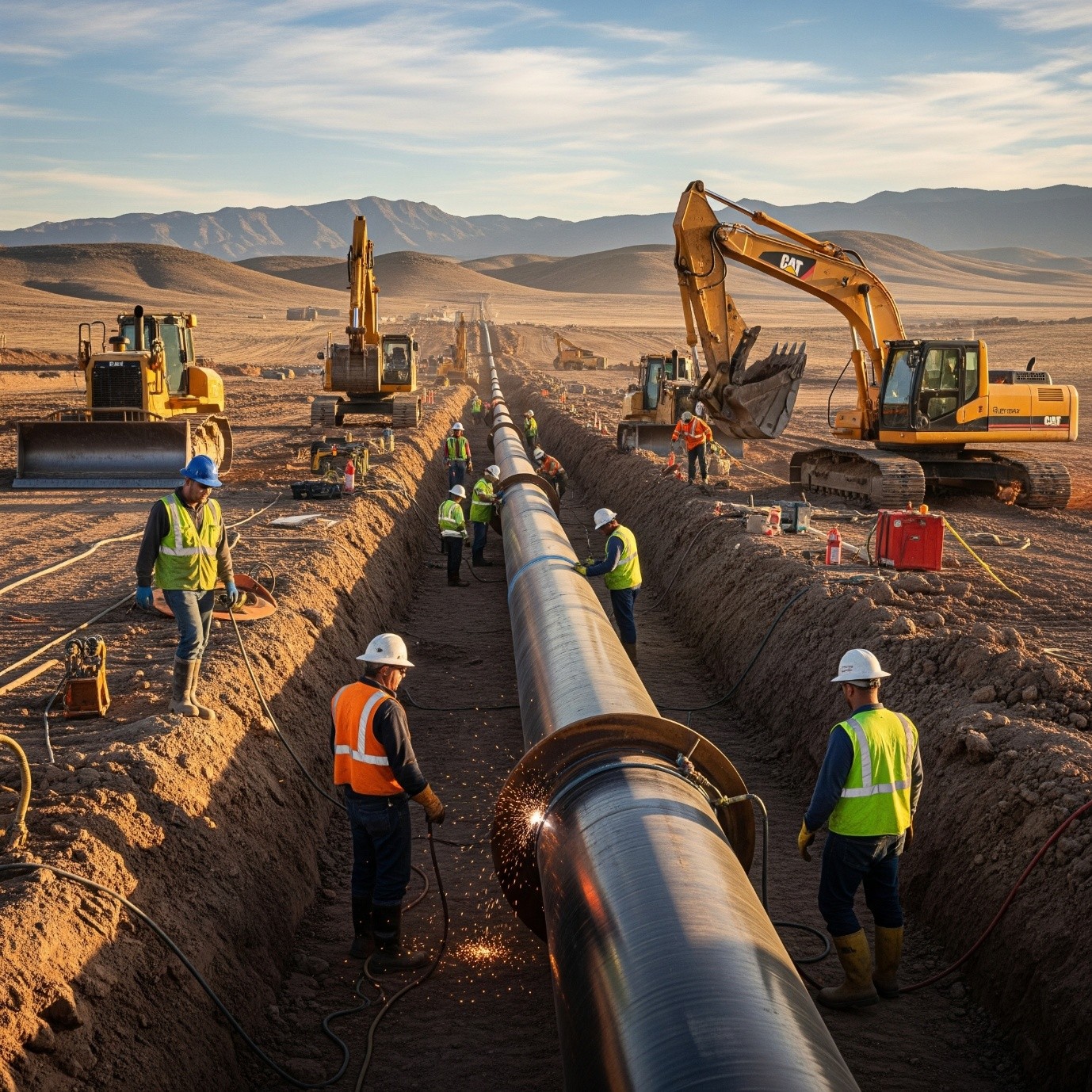Market Summary:
According to our latest Researchintelo, the global pipeline construction market size reached USD 58.4 billion in 2024. The market is experiencing steady expansion, with a compound annual growth rate (CAGR) of 5.7% projected from 2025 to 2033. By the end of 2033, the pipeline construction market is forecasted to achieve a value of approximately USD 96.2 billion. This growth is primarily driven by increasing investments in energy infrastructure, rising demand for oil and gas, and the ongoing need for water and wastewater management solutions worldwide.
Market Drivers
1. Growing Energy Demand
The rising global population and rapid urbanization are contributing to higher energy consumption. Natural gas, considered a cleaner fossil fuel, is in high demand, especially in Asia-Pacific countries like China and India. This necessitates the expansion of pipeline networks to transport gas efficiently from production sites to end users.
2. Focus on Energy Security
In the wake of geopolitical tensions and disruptions in traditional energy supply chains, countries are prioritizing infrastructure that enhances energy independence. This includes developing long-distance cross-border pipelines and domestic transmission lines to ensure steady supply.
3. Technological Advancements
Innovations in pipeline materials, corrosion prevention, trenchless technology, and monitoring systems have improved the durability and safety of pipelines. These advancements reduce operational costs and environmental risks, making pipeline construction more viable and sustainable in harsh terrains and deepwater environments.
4. Environmental Regulations and Sustainability Goals
The global transition to net-zero emissions is reshaping the pipeline landscape. There is increasing investment in pipelines for renewable energy carriers such as green hydrogen and biofuels. Additionally, CO₂ pipeline networks are being developed to support carbon capture and storage (CCS) projects.
Challenges in the Market
Despite its growth, the pipeline construction market faces several challenges:
- Regulatory Hurdles: Permitting delays and environmental assessments can stall project timelines.
- Opposition from Communities and Environmental Groups: Protests and legal battles, particularly in democracies, can impede construction.
- Cost Volatility: Fluctuations in steel prices and labor shortages affect construction budgets.
These challenges require strategic planning and stakeholder engagement to ensure project success.
Future Outlook
The pipeline construction market is expected to continue its upward trajectory through 2030, with key trends including:
- Integration of Digital Technologies: IoT, AI, and drones are enhancing real-time monitoring and predictive maintenance.
- Decarbonized Infrastructure: Increased investment in pipelines for hydrogen and CO₂ will reshape market dynamics.
- Public-Private Partnerships (PPPs): Collaboration between governments and private firms will accelerate large-scale infrastructure projects.
Source: https://researchintelo.com/report/pipeline-construction-market


